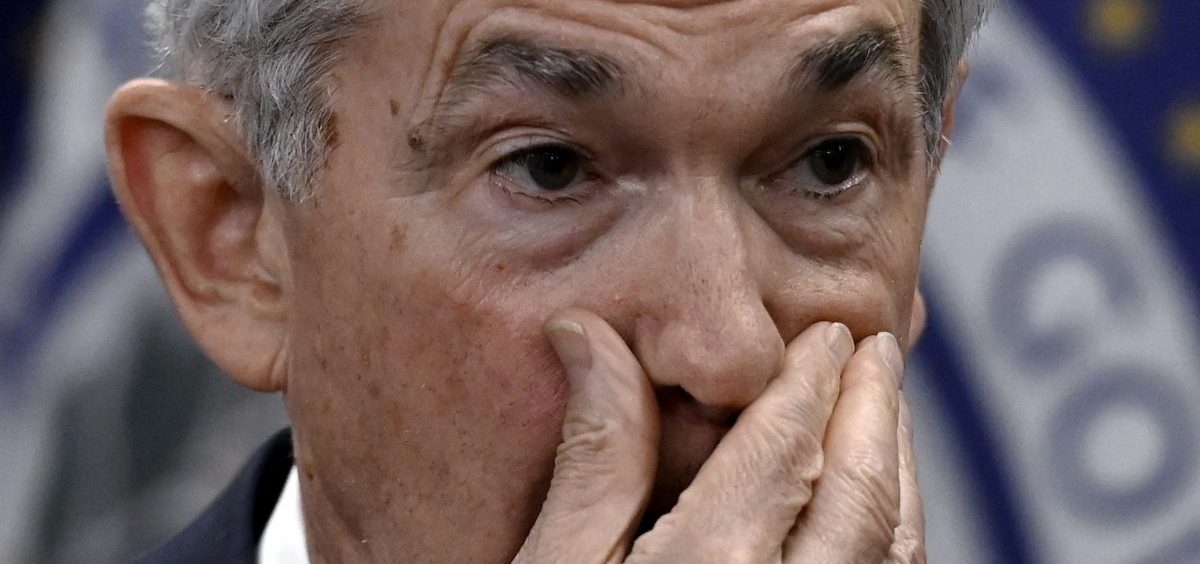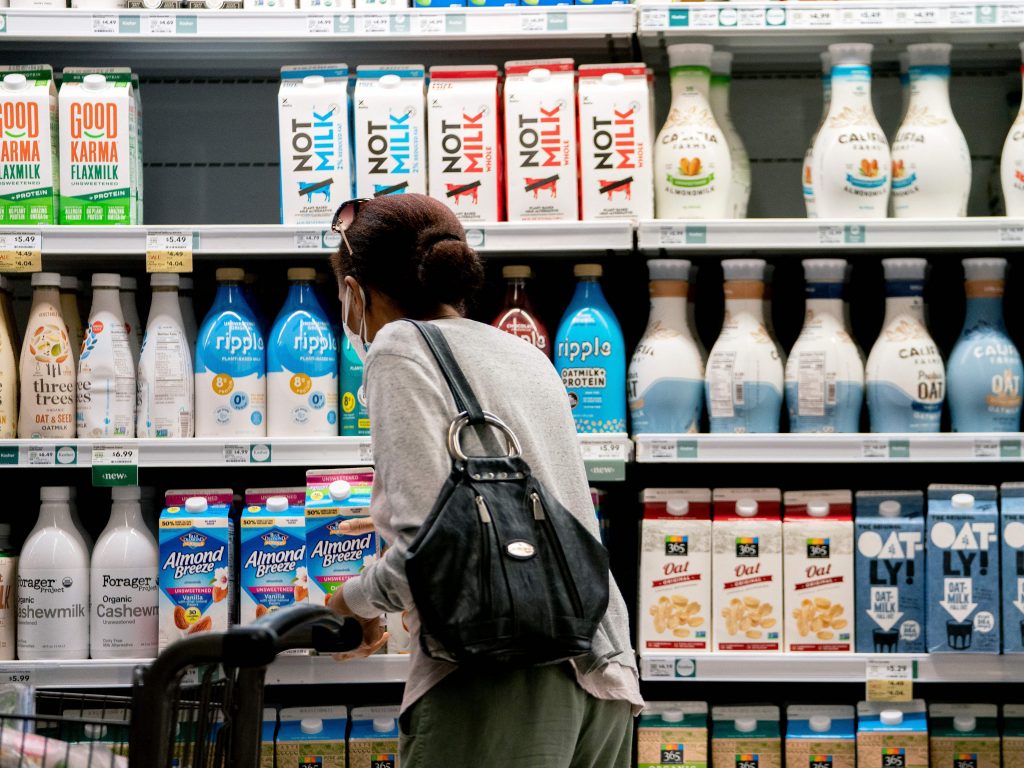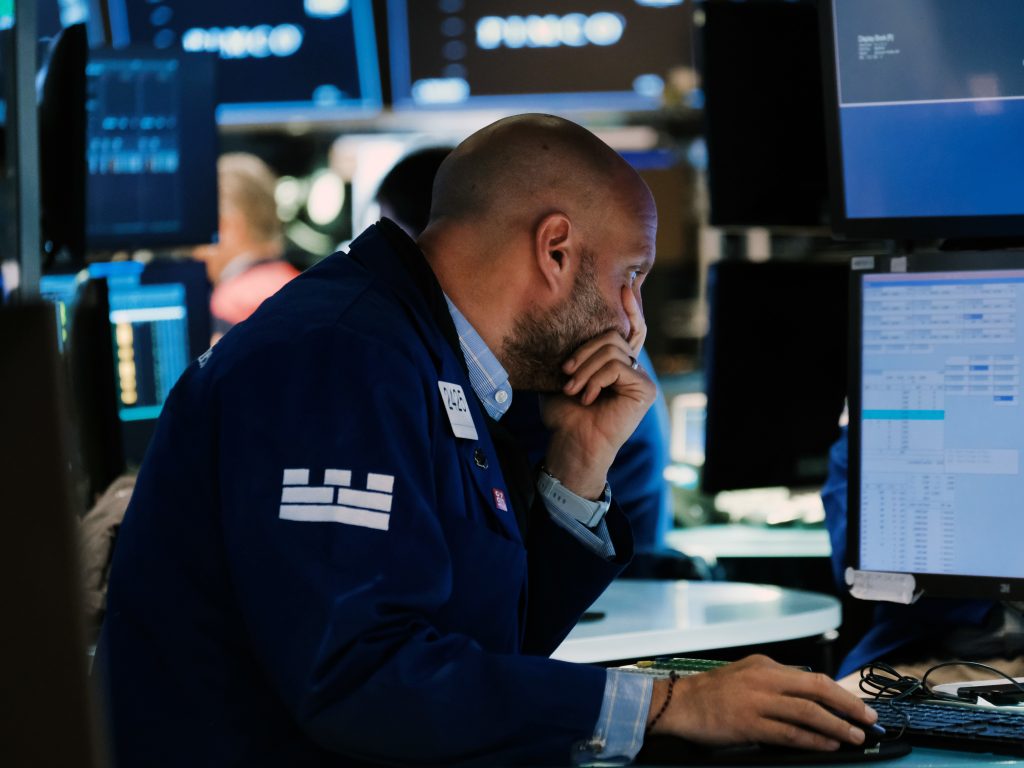News

The Fed delivers biggest interest rate hike in decades to combat surging inflation
By: Scott Horsley | NPR
Posted on:
WASHINGTON, D.C. (NPR) — The Federal Reserve escalated its battle against inflation Wednesday, announcing the largest interest rate hike in 28 years as the central bank struggles to regain control over soaring consumer prices.
The Fed raised its benchmark interest rate by three-quarters of a percentage point — the biggest hike since 1994. That follows a quarter-point increase in March and a half-point jump in May.
Until a few days ago, most forecasters were expecting another half-point increase in rates this week, in line with the Fed’s earlier guidance. But policymakers opted for a more aggressive move after a report last Friday showed inflation was stronger than expected in May.
Consumer prices were up 8.6% from a year ago. The increase reflects not only rising costs for gasoline and groceries, but also for rent and airfares and a wide range of services.
“The bottom line is, it seems like inflation is becoming more entrenched,” said Jay Bryson, chief economist at Wells Fargo. “And for many people, I think that was the game-changer.”

Fears of a recession grow
By sharply raising interest rates, the Fed hopes to tamp down consumer demand, which has overwhelmed supply – driving prices up.
Higher rates will make it more expensive to carry a credit card balance, get a car loan or buy a house.
Higher borrowing costs also weigh on economic growth. Stock markets have dropped in recent weeks over fears the Fed’s rate actions could even tip the economy into a recession.
Fed officials on Wednesday projected the economy will grow just 1.7% this year, down from the 2.8% growth rate they were predicting three months ago.
Growth is likely to slow further in 2023, narrowing the chance of a so-called “soft landing,” in which inflation falls without a recession.
“I think best-case scenario, you’re looking at a landing that may be quite bumpy,” Bryson said. “You’re looking at a period of relatively slow growth next year.”
Fed policymakers raised their forecast for unemployment next year from 3.5% to 3.9%.

More rate hikes are coming
Rising prices have begun taking a toll on retail sales, which fell 0.3% in May. Spending on furniture, appliances and electronics declined last month, while Americans spent more on gasoline and groceries.
Additional rate hikes are expected in the coming months. On average, Fed policymakers said they expect interest rates to climb to around 3.4% by the end of this year, up from 1.9% they were projecting in March.
Mortgage rates have risen sharply in anticipation of that, putting homes out of reach for some would-be buyers. The average rate on a 30-year fixed home loan is near 6%, according to Bankrate, double what it was a year ago.
“We’re going to see some of the highest mortgage rates that we have seen in many, many years,” said Mark Hamrick, a senior economic analyst at Bankrate. “Along with the high home prices that have been seen all across the country, this housing affordability question is only going to move from the yellow to the red zone.”
Sales of existing homes declined in February, March and April — the most recent period for which data are available.
Esther George, the president of the Federal Reserve Bank of Kansas City was the lone dissenter in today’s vote. She preferred a smaller rate hike of a half-percent.
9(MDU1ODUxOTA3MDE2MDQwNjY2NjEyM2Q3ZA000))

